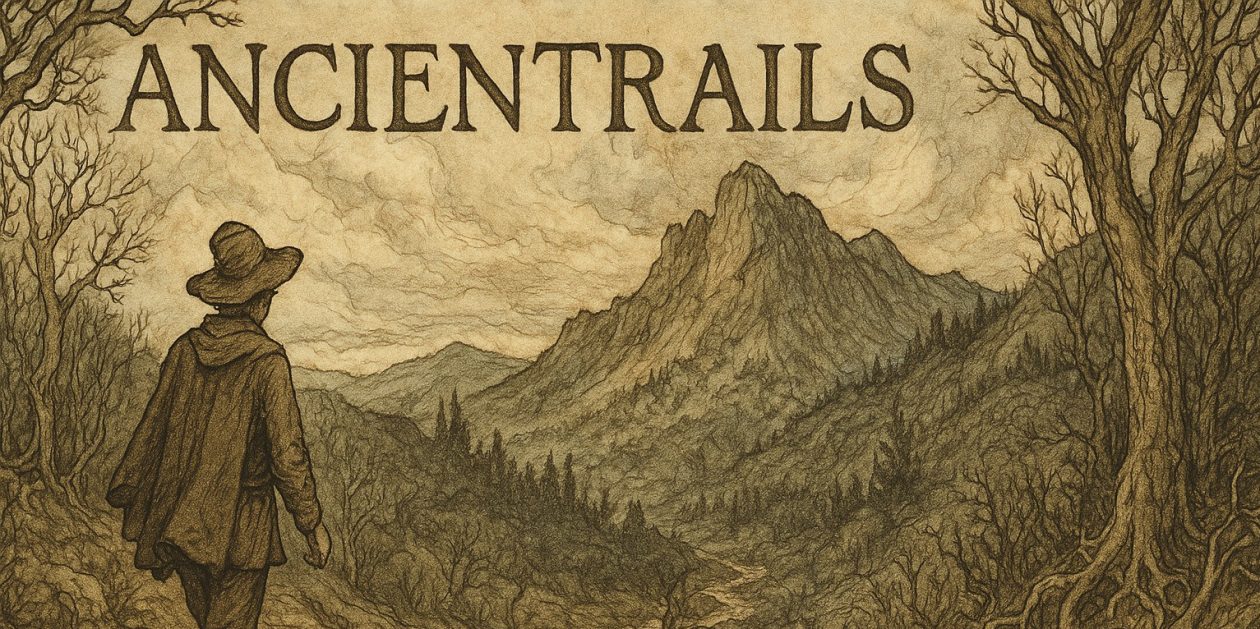Spring Mountain Spring Moon
Under the mountain spring moon various shades of green have slowly, slowly begun to appear. The ponderosa pines have been green all winter but they’ve greened up some. The first ground cover green to appear was the bearberry when the snow melted back. This evergreen ground cover was green all along, just hidden. A shaded patch of moss has gone from a muted pale green to emerald over the last couple of weeks. There are, too, even here at 8,800 feet, dandelions. Some grass, too. Crab grass for sure, another hardy perennial. Tufts of grass that look like prairie drop seed, but are not, I’m sure, remain their winter tan.
Too, the dogs have begun to sniff through the deck, smelling, I suppose, new rodents of some kind. Along with that has come Rigel digging. With the advent of warmer soil Rigel and Vega may begin creating holes in the rest of the yard as well. Another harbinger of spring.
Birds chirp happily around 5:30-5:45 am as the sun begins to rise.
Driving along Highway 78 (Shadow Mountain Drive, Black Mountain Drive (our segment) and Brook Forest Road) the only snow that remains is on the north side of the road or in shaded spots. A pond not far from our house still has ice, but the ice has a shallow layer of water over it. The mountain streams run, burble, ice now long melted and turned into stream. Willows along the streams look fire tipped as their branches turn a green gold. “Like dusted with gold,” Kate said.
The mountain spring is a slow arriver, coming in pulses, alternated with sometimes heavy snows. We have the potential, for example, for a huge snow storm Wednesday through Friday.
While on a drive Sunday, not far from our home, on top of a large outcropping of rock where the sun penetrated the trees, lay a fox, curled up and enjoying a quiet Sunday nap. The fox was a tan spot against the gray of the rock. Mule deer have begun to return as well, we see them at various places along the slopes and valleys. Kate just called and said, for example, that we have four deer in our front yard and “the dogs are levitating.” Sure enough, there they are, finding the green just as I have been.
